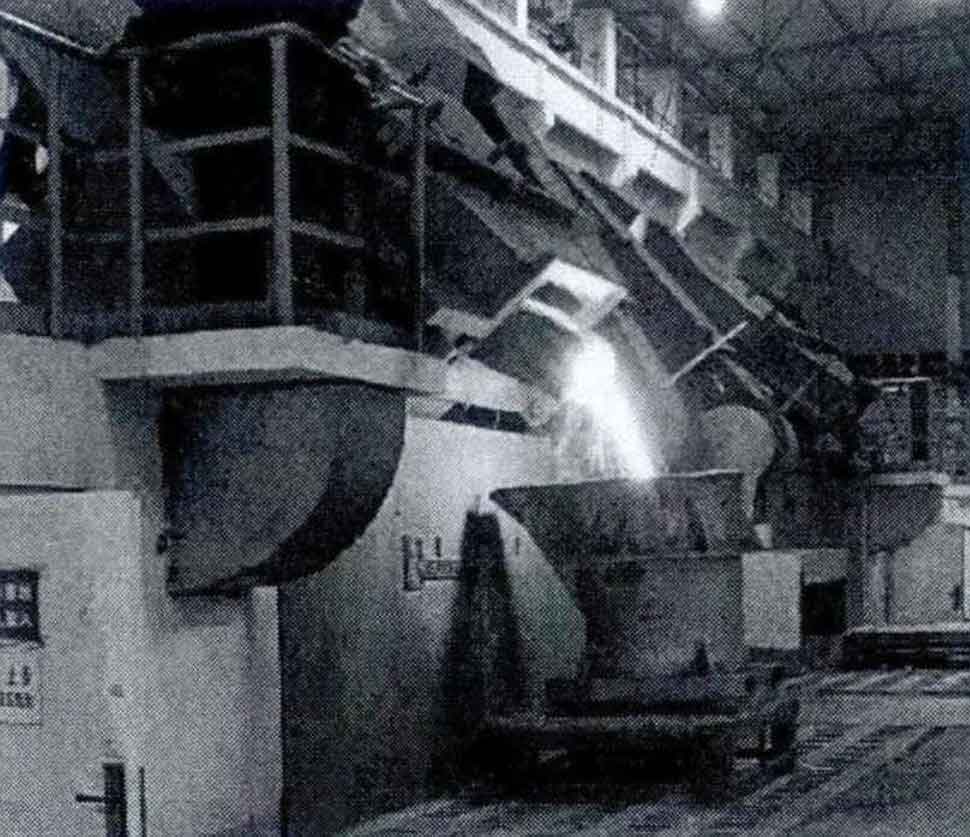Grey cast iron is a material that holds both historical significance and continues to have modern relevance in various industries. This versatile material has been used for centuries and has played a crucial role in shaping the development of engineering, manufacturing, and infrastructure.

Historical Significance:
Grey cast iron has a long history that dates back to ancient civilizations. Its discovery and utilization can be traced back to at least the 5th century BC, with early examples found in China, India, and other parts of the world. However, it was in the 18th and 19th centuries that grey cast iron gained widespread popularity and became a foundational material for industrialization.
During the Industrial Revolution, grey cast iron played a vital role in the construction of bridges, buildings, machinery, and transportation infrastructure. Its strength, durability, and ability to be cast into complex shapes made it an ideal material for these applications. Iconic structures like the Iron Bridge in Shropshire, England, and the Eiffel Tower in Paris, France, showcase the historical significance of grey cast iron.
Modern Relevance:
Despite being an age-old material, grey cast iron continues to be relevant and widely used in modern industries. Its unique properties and characteristics make it suitable for a variety of applications, particularly in areas where strength, wear resistance, and cost-effectiveness are important factors. Here are some of the sectors where grey cast iron finds modern relevance:
- Automotive Industry: Grey cast iron is commonly used in engine blocks, cylinder heads, brake components, and other parts of internal combustion engines. Its excellent thermal conductivity and high strength make it an ideal material for withstanding the harsh conditions and demands of automotive applications.
- Pipe and Valve Manufacturing: Grey cast iron’s resistance to corrosion, durability, and ability to withstand high pressures make it a preferred material for manufacturing pipes, valves, and fittings. It is commonly used in water distribution systems, sewage systems, and irrigation systems.
- Machinery and Equipment: Grey cast iron is widely used in the manufacturing of machine tool structures, gears, pulleys, and other components that require high strength and wear resistance. Its ability to dampen vibrations also makes it suitable for applications where noise reduction is critical.
- Construction and Infrastructure: Grey cast iron’s stability, load-bearing capacity, and resistance to fire make it suitable for various construction applications. It is used in manhole covers, drainage systems, structural supports, and architectural elements.
- Agricultural and Industrial Equipment: Grey cast iron is utilized in the manufacturing of agricultural machinery, pumps, compressors, and other equipment where durability, strength, and corrosion resistance are essential.
Furthermore, advancements in casting techniques, alloying, and heat treatment have expanded the capabilities and performance of grey cast iron. Modern methods allow for improved control over the microstructure, resulting in enhanced mechanical properties and a wider range of applications.
In conclusion, grey cast iron holds historical significance for its contributions to the Industrial Revolution and the development of infrastructure. However, its relevance extends to the present day, where it continues to find applications in automotive, construction, machinery, and various other industries. With its unique combination of strength, wear resistance, and cost-effectiveness, grey cast iron remains a valuable material in the modern manufacturing landscape.
